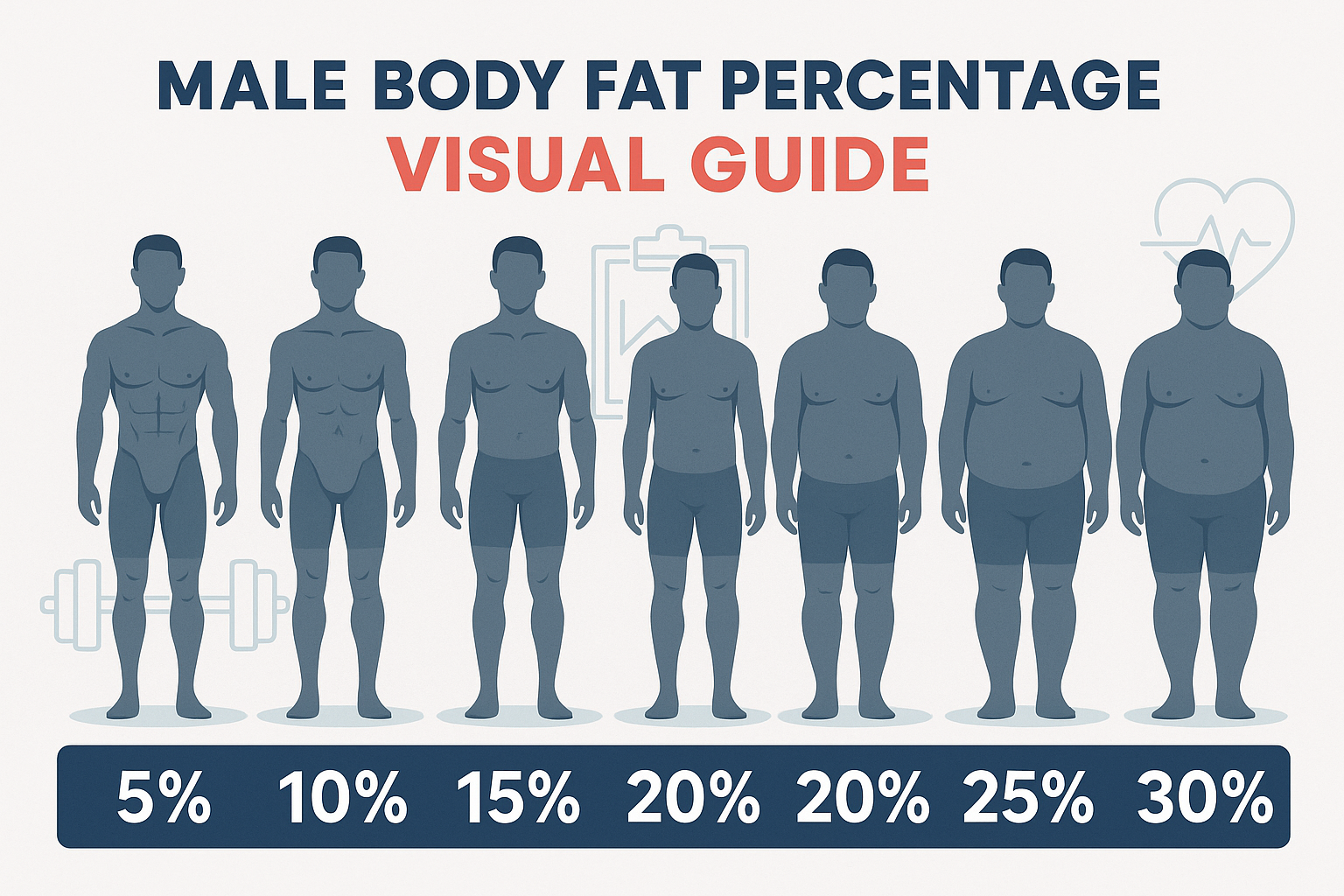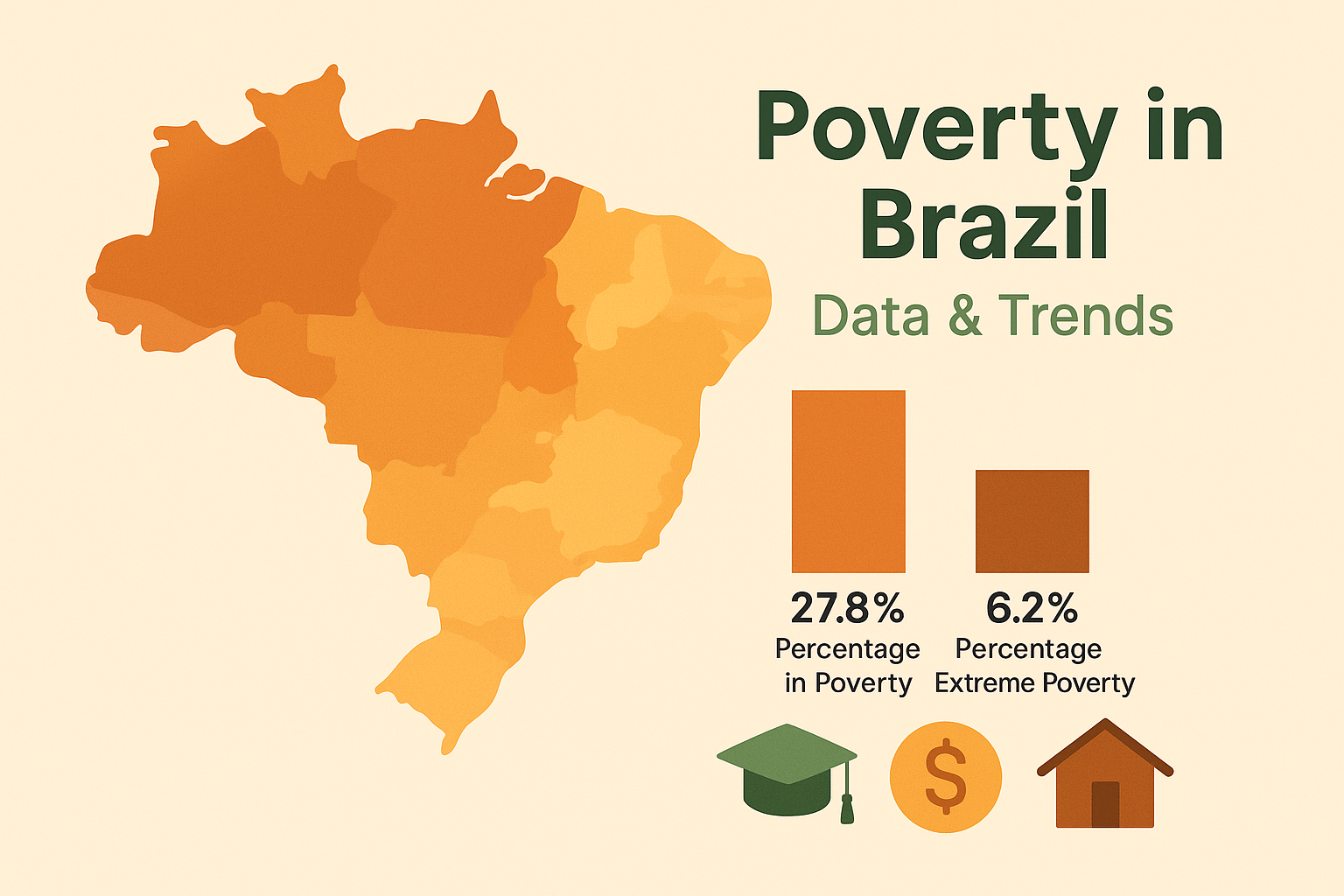Brazil is a land of faith, culture, and diversity.
Religion plays a big role in the everyday lives of millions of Brazilians.
But what’s the actual breakdown of religions in Brazil by percentage in 2025?
Let’s dive into the data, explore historical shifts, and see what’s changed.
Whether you’re researching for school, travel, or just curiosity, this guide covers it all.
Quick Summary: Religion in Brazil (2025)
Here’s a snapshot of Brazil’s religious landscape in 2025:
| Religion | Percentage |
|---|---|
| Roman Catholic | 48.5% |
| Evangelical/Protestant | 32.0% |
| No religion (Atheist/Agnostic) | 9.0% |
| Spiritism | 3.0% |
| Afro-Brazilian religions (e.g. Candomblé, Umbanda) | 1.5% |
| Other religions | 3.0% |
| Undeclared | 3.0% |
This data reflects 2025 estimates based on IBGE projections, surveys, and research reports.
Roman Catholicism – Still #1 (But Shrinking)
Catholicism has deep roots in Brazil, dating back to Portuguese colonization.
For decades, it was the dominant religion.
But times are changing.
In 1970, over 90% of Brazilians were Catholic.
In 2025, it’s just under 50%.
Still the largest group, but steadily declining due to:
- Rise of evangelical churches
- Cultural shifts in younger generations
- Urbanization and education
Yet, Catholic festivals like Carnaval, Holy Week, and Nossa Senhora Aparecida Day remain popular.
Evangelical and Protestant Growth
Evangelical churches have seen explosive growth over the last 30 years.
From just 5% in 1970 to 32% in 2025—that’s a massive leap.
This includes:
- Pentecostals
- Baptists
- Lutherans
- Neo-charismatic churches
What makes evangelicalism so appealing?
- Dynamic worship styles
- Strong community engagement
- Localized sermons and outreach
Major churches include:
- Assembleia de Deus
- Igreja Universal do Reino de Deus
- Igreja Batista
This growth continues, especially in urban and poorer areas.
No Religion – Growing Secularism
Another major shift in Brazil’s religious landscape:
More people are choosing no religion at all.
In 2025, around 9% of Brazilians identify as:
- Atheist
- Agnostic
- Spiritual but not religious
- Simply “no religion”
This group is especially large among:
- Young adults
- University-educated Brazilians
- Urban populations
And the number keeps rising year over year.
Spiritism – A Unique Brazilian Blend
Spiritism, based on the teachings of Allan Kardec, is another major belief system in Brazil.
In 2025, about 3% of the population practices Spiritism.
What is it?
- Belief in reincarnation
- Communication with spirits
- Karma and spiritual evolution
It’s often practiced alongside Catholicism or Evangelicalism—many Brazilians mix spiritual traditions.
Famous Brazilians like Chico Xavier helped spread Spiritism’s influence nationally.
Afro-Brazilian Religions – Rich Cultural Roots
Religions like Candomblé and Umbanda are part of Brazil’s African heritage.
Though small in numbers (around 1.5%), their influence is powerful in:
- Salvador (Bahia)
- Rio de Janeiro
- Recife
These religions combine:
- African deities (orixás)
- Catholic saints
- Indigenous rituals
They are often misunderstood or misrepresented, but play a major cultural role in music, dance, and identity.
Other Religions in Brazil (2025)
Brazil’s diversity also includes:
| Religion | % in 2025 |
|---|---|
| Buddhism | 0.3% |
| Islam | 0.2% |
| Judaism | 0.1% |
| Hinduism | <0.1% |
| Jehovah’s Witnesses | 1.1% |
| Mormonism (LDS Church) | 0.3% |
These religions are mostly present in:
- Major cities
- Immigrant communities
- Academic circles
While small in numbers, they contribute to Brazil’s religious tapestry.
Religion Percentages in Brazil: Timeline Overview
Let’s look at how things have shifted over the past few years:
| Year | Catholic % | Evangelical % | No Religion % |
|---|---|---|---|
| 2000 | 73% | 15% | 7% |
| 2010 | 64% | 22% | 8% |
| 2020 | 55% | 30% | 9% |
| 2025 | 48.5% | 32% | 9% |
If trends continue, evangelicals may overtake Catholics by 2030.
Where Does This Data Come From?
Sources for Brazil’s religion percentages in 2025 include:
- IBGE (Instituto Brasileiro de Geografia e Estatística)
- Datafolha and IPEA surveys
- Pew Research projections
- Ministry of Religion and Culture reports
These agencies study national census data, field surveys, and long-term trends.
FAQs – Brazil Religion Percentages
❓ What is the main religion in Brazil (2025)?
Roman Catholicism, with about 48.5% of the population.
❓ What percentage of Brazilians are evangelical?
As of 2025, about 32% identify as evangelical or Protestant.
❓ Is Brazil becoming less religious?
Yes, slowly. The percentage of people with no religion is rising—especially among the young and urban population.
❓ Do Brazilians mix religions?
Absolutely. Many combine Catholicism with Spiritism, or Christianity with Afro-Brazilian traditions.
❓ What are the top 3 religions in Brazil by percentage (2025)?
- Catholic – 48.5%
- Evangelical – 32%
- No religion – 9%
Final Thoughts
Brazil is home to a colorful and evolving religious landscape.
From its deep Catholic roots to the fast rise of evangelical churches, and the spiritual blend of Afro-Brazilian faiths—religion in Brazil is rich, diverse, and always changing.
In 2025, nearly half the country remains Catholic, but other faiths and beliefs are growing in size and influence.
Understanding these religion percentages in Brazil helps us appreciate the culture, history, and spiritual life of one of the world’s most fascinating nations.

